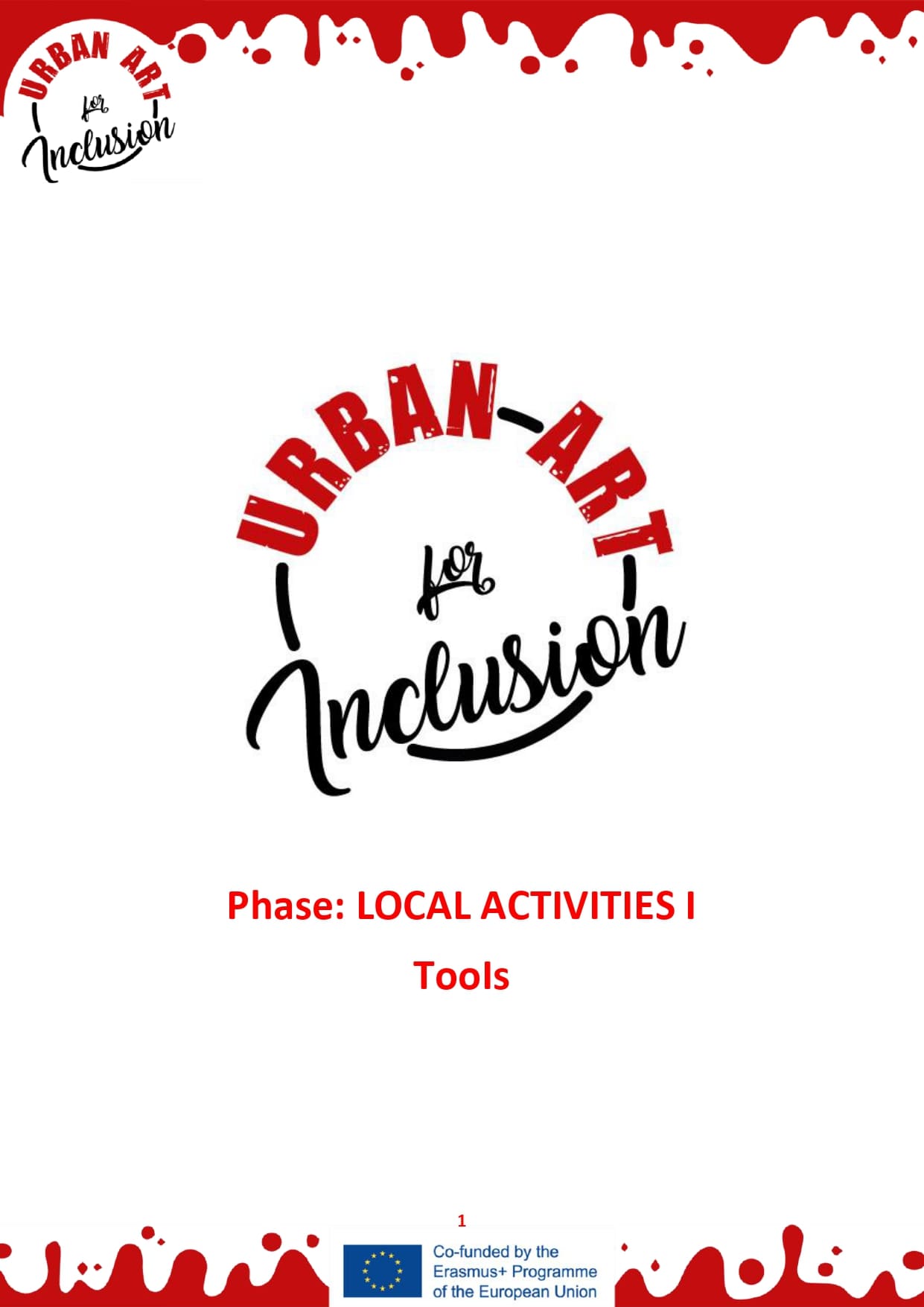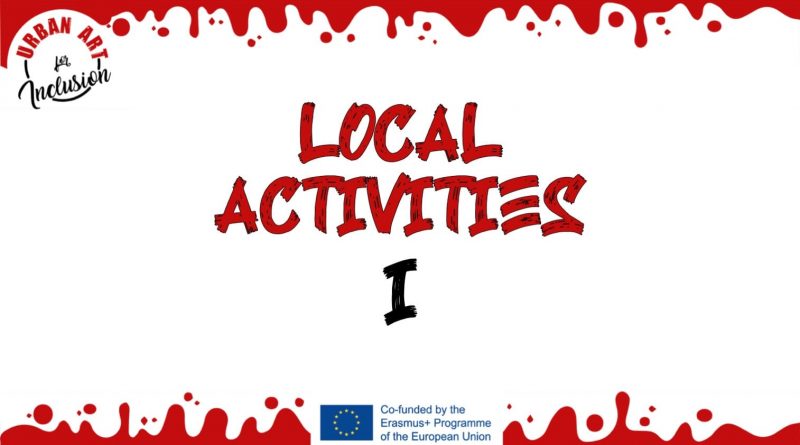Local Activities I
After several attempts to organize our coordination in Togo, project organisations we decided to go on with next steps and activities of the project.
Every organisation has started now the first phase of local activities. The first task in the agenda is an analysis about the situation of young migrants and urban art. Organisations will investigate the situation of migrants in their countries (percentage, origins, reasons to move, laws and programmes to facilitate inclusion, migrant participation, etc.) and relevant characteristics of urban art (starting period, profile of artists, popularity, main events, activities for migrants, etc.).
They have also to identify existing good practices at local level where urban art is used as a socio-educational tool for inclusion of young migrants and/or groups at risk of social exclusion.
The third task is to organise a meeting with young people, migrants, urban artists, policy-makers and youth workers in each country to make the project public, increase its visibility (as well as the Erasmus+ programme) and reflect on the situation of migrants and how urban art can be a tool for inclusion.
Finally, each organisation should carry out a diagnosis and definition of the specific learning needs of urban artists and professionals in the field of youth, such as trainers, educators, youth workers, etc., that want to use urban art as a tool for inclusion and social transformation.
All the data gathered throughout this phase will be used to create and adapt the material for the International Training Course in Malaga and future activities in the framework of this and other projects of the involved organisations.

